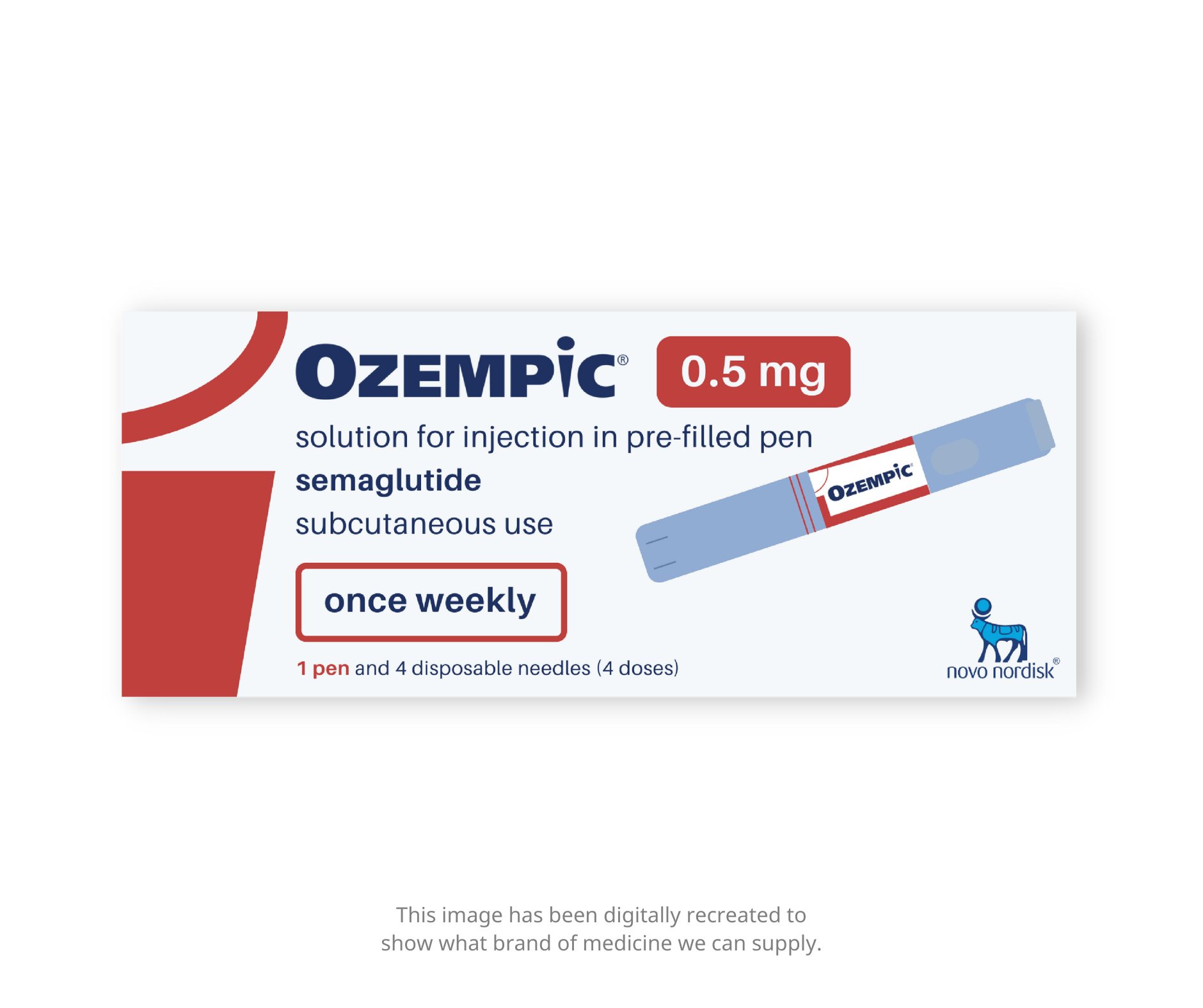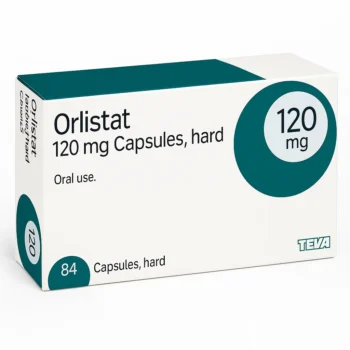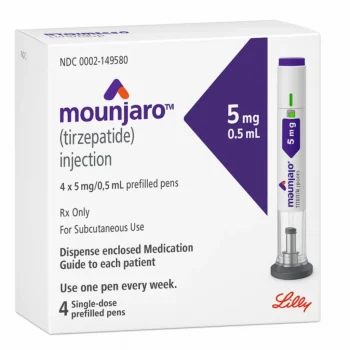Description
What Is Ozempic?
Ozempic is a once-weekly prescription injection used to manage type 2 diabetes in adults. It contains semaglutide, a GLP-1 receptor agonist that helps lower blood sugar levels and reduce the risk of cardiovascular problems. Although Ozempic is not licensed in the UK as a weight loss treatment, some healthcare professionals may prescribe it off-label to support weight management.
What Is Ozempic Used For?
— Helps lower blood sugar levels in adults with type 2 diabetes
— Reduces the risk of heart attack, stroke, or death in those with diabetes and heart disease
— May also be prescribed off-label to aid weight loss
— Works best when combined with a balanced diet and regular exercise
How Do Ozempic Injections Work?
Ozempic contains semaglutide, which mimics the natural GLP-1 hormone to regulate appetite and blood sugar. It works by:
— Stimulating the pancreas to release insulin when blood sugar is high
— Slowing the rate at which food leaves the stomach
— Reducing appetite and helping you feel fuller for longer
— Decreasing the liver’s sugar production
This combination helps improve blood sugar control and may lead to gradual weight loss over time.
How Should Ozempic Be Taken?
Ozempic is a weekly injection taken under the skin. To use it correctly:
— Inject once a week, on the same day each week
— Use the pre-filled pen in the stomach, upper arm, or thigh
— Rotate injection sites each time to prevent irritation
— Can be taken with or without food
— Follow your doctor’s instructions when increasing the dose
The starting dose is usually 0.25 mg once weekly for 4 weeks, increasing gradually to help minimise side effects. You should never increase your dose unless advised by a healthcare professional.
Are There Any Side Effects?
As with any medicine, Ozempic may cause side effects. However, these are usually mild and often improve with time.
Common side effects:
— Nausea
— Diarrhoea
— Vomiting
— Constipation
— Loss of appetite
Uncommon or rare side effects:
— Gallbladder problems (e.g. gallstones)
— Pancreatitis (inflammation of the pancreas)
— Changes in vision (especially if you have diabetes-related eye disease)
Serious side effects (seek urgent medical advice):
— Severe stomach pain
— Allergic reaction (swelling, difficulty breathing, rash)
Always speak to a doctor or pharmacist if any side effects become severe or don’t go away.
Who Should Avoid Ozempic?
Ozempic is not suitable for everyone. You should avoid this medicine if:
— You have type 1 diabetes
— You’re pregnant, trying to conceive, or breastfeeding
— You’re allergic to semaglutide or any other ingredient in the injection
— You have a personal or family history of medullary thyroid cancer (MTC)
— You’ve been diagnosed with MEN 2 (multiple endocrine neoplasia syndrome type 2)
Always speak to a healthcare provider before starting Ozempic—especially if you have long-term health conditions.
How Should Ozempic Be Stored?
— Store unopened pens in the fridge (between 2°C and 8°C)
— Once in use, you can keep the pen at room temperature (below 30°C) for up to 6 weeks
— Do not freeze
— Protect from direct sunlight
— Keep out of sight and reach of children
— Dispose of used pens safely, following your pharmacist’s advice




